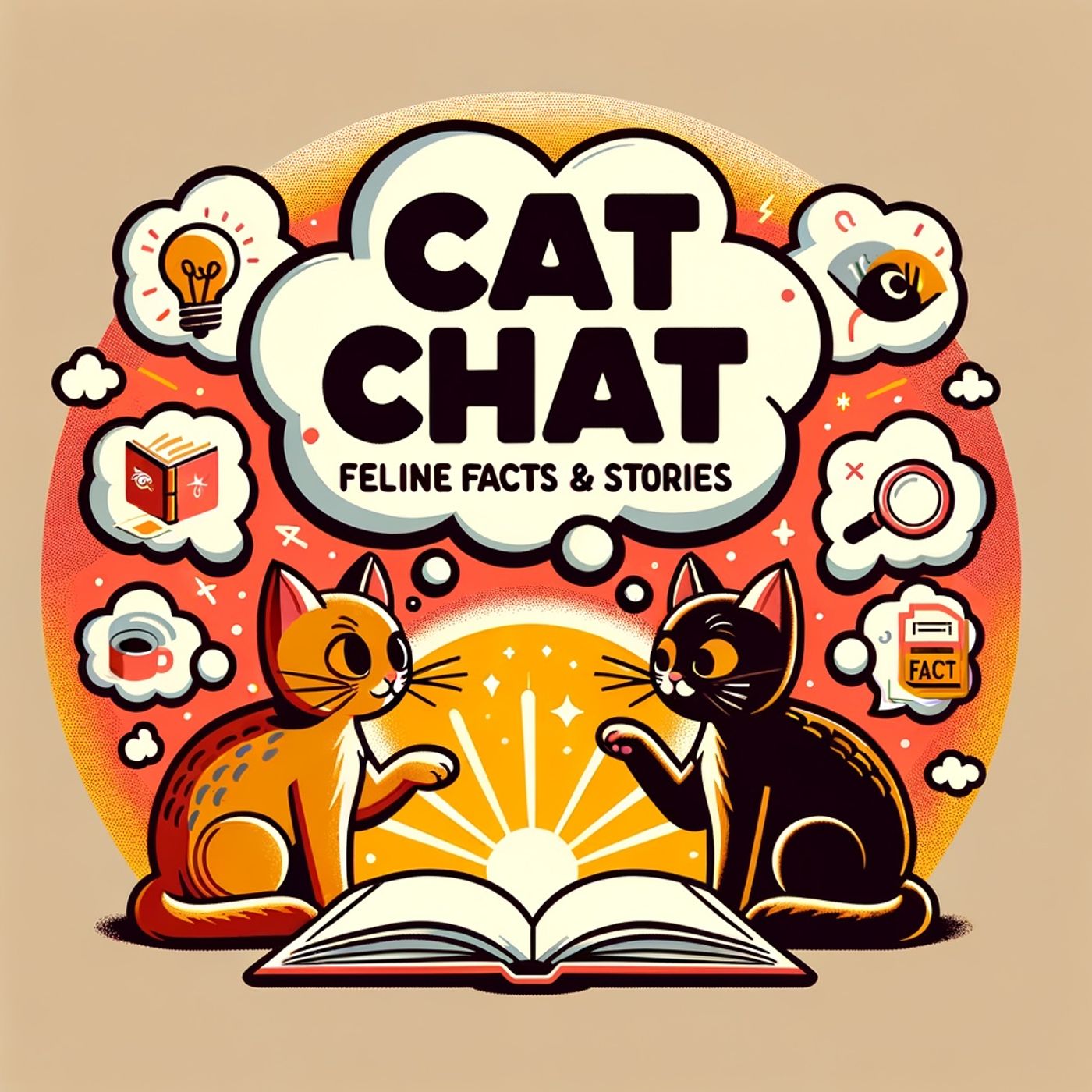Decipher the Secret Language of Cats Unlock the Mysteries of their Expressive Tails, Eyes, and Ears
Update: 2025-10-06
Description
Cats are masters of subtlety and complexity when it comes to communication, weaving together a rich tapestry of body language, vocalizations, and even scent signals to express their feelings and intentions. Unlike humans, who rely heavily on spoken words, cats use every part of their bodies to communicate—tail, ears, eyes, whiskers, and posture all play a role. Take the tail, for example: an upright tail often signals a happy, confident cat, while a tail tucked between the legs reveals anxiety or fear, according to Cat Care Society. A tail that’s thrashing or bristling? That tells listeners irritation or aggression, so it’s best to give space.
Eyes are equally expressive. When a cat blinks slowly at listeners, it’s a sign of trust—almost like a feline smile. Reciprocating with a slow blink can help build trust between cat and human. But be cautious with direct stares: cats may interpret prolonged eye contact as a challenge, especially with unfamiliar felines. The PetMD website sheds light on playful moods—when a cat’s eyes widen and pupils dilate, often with ears forward and tail flicking, it’s likely in a playful, hunting mindset. But that same flicking tail, when not in play, might mean annoyance is brewing.
Ears are mood barometers, too. Forward indicates alertness or interest, perhaps even happiness. Backward or flattened—sometimes called “airplane ears”—points to fear, irritation, or anger. According to the Humane Society, rapid swiveling means the cat is listening intently to every little sound.
Cats also communicate through touch and scent. Rubbing cheeks and sides against objects, scratching posts, or even people leaves scent marks for other cats to “read.” In multi-cat households, these chemical messages help maintain social harmony, marking safe spaces and reinforcing bonds. Purring, though often linked to contentment, can also be a cat’s way of self-soothing in stressful situations. Trilling and chirping are friendly sounds—cat-to-cat invitations to play or bond. Hissing, growling, and spitting are clear warnings, letting everyone know to back off.
Personal stories abound, like the tabby who “greets” their human every morning with a trill and a tall, vibrating tail—clearly happy to see them. Or the shy calico who slowly blinks from atop the bookshelf, signaling trust and comfort on her own terms. Perhaps listeners know the dramatic yowl of a cat announcing a midnight “marathon,” racing through the house for no apparent reason except pure feline joy.
Understanding these nuanced signals bridges the gap between two species, deepening the bond between human and cat. When listeners tune in to their cat’s complex language, they open a world where even the smallest gesture—a lifted paw, a slow blink, a soft trill—can tell a whole story.
Thank you for tuning in to this feline-focused chat. For more, remember to subscribe and keep listening. This has been a quiet please production, for more check out quiet please dot ai.
For more http://www.quietplease.ai
Get the best deals https://amzn.to/3ODvOta
This content was created in partnership and with the help of Artificial Intelligence AI
Eyes are equally expressive. When a cat blinks slowly at listeners, it’s a sign of trust—almost like a feline smile. Reciprocating with a slow blink can help build trust between cat and human. But be cautious with direct stares: cats may interpret prolonged eye contact as a challenge, especially with unfamiliar felines. The PetMD website sheds light on playful moods—when a cat’s eyes widen and pupils dilate, often with ears forward and tail flicking, it’s likely in a playful, hunting mindset. But that same flicking tail, when not in play, might mean annoyance is brewing.
Ears are mood barometers, too. Forward indicates alertness or interest, perhaps even happiness. Backward or flattened—sometimes called “airplane ears”—points to fear, irritation, or anger. According to the Humane Society, rapid swiveling means the cat is listening intently to every little sound.
Cats also communicate through touch and scent. Rubbing cheeks and sides against objects, scratching posts, or even people leaves scent marks for other cats to “read.” In multi-cat households, these chemical messages help maintain social harmony, marking safe spaces and reinforcing bonds. Purring, though often linked to contentment, can also be a cat’s way of self-soothing in stressful situations. Trilling and chirping are friendly sounds—cat-to-cat invitations to play or bond. Hissing, growling, and spitting are clear warnings, letting everyone know to back off.
Personal stories abound, like the tabby who “greets” their human every morning with a trill and a tall, vibrating tail—clearly happy to see them. Or the shy calico who slowly blinks from atop the bookshelf, signaling trust and comfort on her own terms. Perhaps listeners know the dramatic yowl of a cat announcing a midnight “marathon,” racing through the house for no apparent reason except pure feline joy.
Understanding these nuanced signals bridges the gap between two species, deepening the bond between human and cat. When listeners tune in to their cat’s complex language, they open a world where even the smallest gesture—a lifted paw, a slow blink, a soft trill—can tell a whole story.
Thank you for tuning in to this feline-focused chat. For more, remember to subscribe and keep listening. This has been a quiet please production, for more check out quiet please dot ai.
For more http://www.quietplease.ai
Get the best deals https://amzn.to/3ODvOta
This content was created in partnership and with the help of Artificial Intelligence AI
Comments
In Channel





